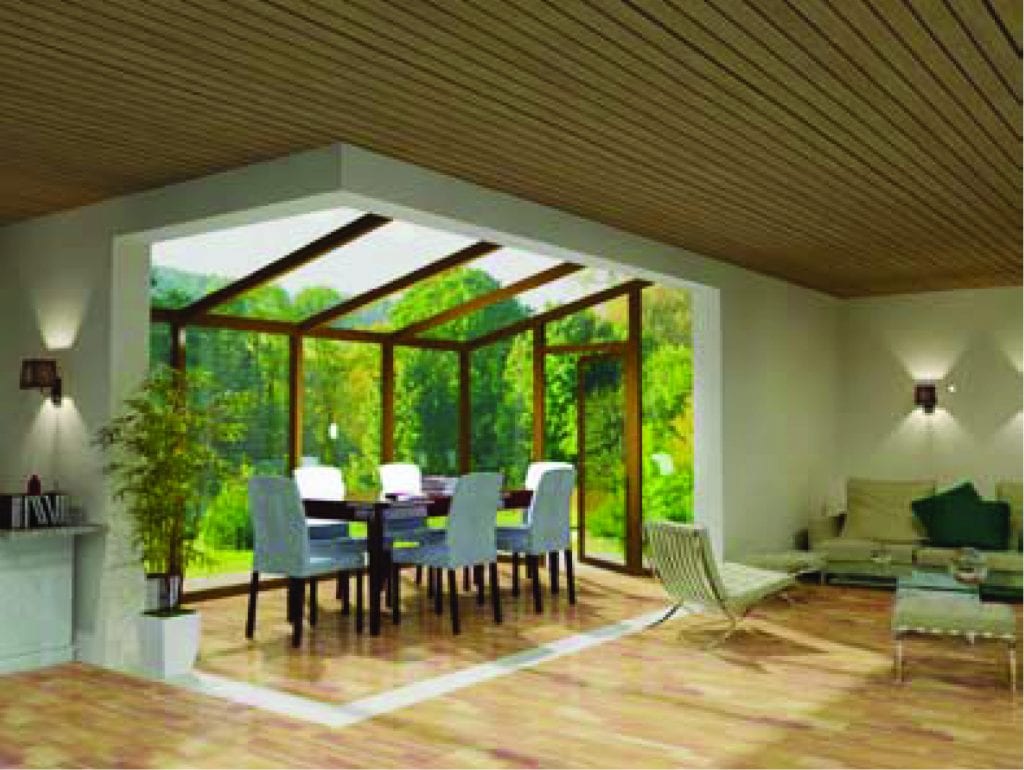
Special Realtor Safety Issue!

Inside This Special Issue
September is Realtor Safety Month. The safety of Realtors is paramount to all of us at Pillar To Post Home Inspectors, so this special issue of PostNotes is dedicated to actions and strategies brokers, agents and their teams can use to stay safe in their day-to-day business activities.
Additional resources:
Please visit these websites for additional safety information, tools and resources:
www.beverlycarterfoundation.org
Tips for Holding a Safe Open House
Safety during open houses is a concern for all real estate agents and their teams. Use these tips to stay safe:
- Always try to have at least one other person working with you at the open house.
- Check your cell phone’s signal strength on the premises before the open house. Program emergency numbers on speed dial.
- Upon entering a house for the first time, check all rooms and determine several “escape” routes. Make sure all deadbolt locks are unlocked to facilitate a faster escape.
- Make sure that if you were to escape by the back door, you could escape from the backyard. Yards with swimming pools or hot tubs often have high fences.
- Have all open house visitors sign in with their full name, address, phone number and e-mail.
- When showing the house, always walk behind the prospect. Direct them; don’t lead them. Say, for example, “The kitchen is on your left,” and gesture for them to go ahead of you.
- Avoid attics, basements, and getting trapped in small rooms.
- Notify someone in your office, a friend or a relative that you will be calling in every hour on the hour. And if you don’t call, they are to call you.
- Inform a neighbor that you will be showing the house and ask if he or she would keep an eye and ear open for anything out of the ordinary.
- Don’t assume that everyone has left at the end of an open house. Check all rooms and the backyard before locking the doors. Be prepared to defend yourself, if necessary.
Sources: Washington Real Estate Safety Council; City of Mesa, Arizona; Nevada County Board of REALTORS®; Georgia Real Estate Commission
Office Safety Action Plan
Personal safety in the office is important to everyone. Here are some elements to include in your office safety action plan.
Initial meeting with clients
Hold the first in-person client meeting in the office rather than at properties, out of doors, or at home. It’s also a good idea to introduce them to a colleague on-site.
Client ID
All first-time clients must provide a driver’s license, state ID or other official photo ID. The office will retain a copy of the ID for security purposes. You can download a Client Profile Form at www.beverlycarterfoundation.org.
Distress code
Implement a verbal distress code—a secret word or phrase that can be casually worked into conversation if you feel threatened and the person you are with can overhear your conversation.
Buddy system
If you’re uncomfortable meeting with clients alone or hosting open houses alone request another agent or employee to accompany you.
Privacy first
Keep personal information private. Don’t discuss where you live, after-work or vacation plans in front of prospective clients, new colleagues or anyone with whom you’re not comfortable.
Limit access
Make sure all doors other than the main entrance are secured, and have a clear exit route from the front desk to the door.
Solo security
If you encounter a stranger while working late or alone, say something like “My supervisor will be right with you.” to give the impression you’re not there alone.
Be aware of surroundings
Get to recognize the staff of other nearby businesses and be aware of their schedules. This will benefit everyone.
Sources: NAR; Beverly Carter Foundation
Showing Empty Properties
When you are showing an empty property, take these simple steps to protect and empower yourself against attack or theft.
- Be sure to use the lockbox property-key procedure that has been established to improve real estate agent safety so that keys don’t fall into the wrong hands.
- Show properties before dark. If you must show a property after dark, alert an associate, turn on all lights as you go through, and don’t lower any shades or draw curtains or blinds.
- Try and call the office once an hour to let people know where you are.
- If you think it may be some time before a property sells (and you may, therefore, be showing it often), get acquainted with a few of the immediate neighbors. You will feel better knowing they know your vehicle, and they will feel better about the stranger (you) who frequently visits their neighborhood.
- Prepare a scenario so that you can leave or encourage someone who makes you uncomfortable to leave. Examples: Your cell phone went off and you have to call your office; you left some important information in your car; another agent with buyers is on his way.
- When showing a property, always leave the front door unlocked for a quick exit while you and the client are inside. As you enter each room, stand near the door.
- Lock your purse in the car trunk before you arrive. Carry only non-valuable business items (except for your cell phone), and do not wear expensive jewelry or watches, or appear to be carrying large sums of money.
- Park at the curb in front of the property rather than in the driveway. It is much easier to escape in your vehicle if you don’t have to back out of a driveway. And while parked in a driveway another vehicle could purposefully or accidentally trap you.
Sources: Louisiana REALTORS® Association; Washington Real Estate, Safety Council; City of Albuquerque, NM; Nevada County Association of REALTORS®; City of Mesa, AZ
Top 10 Tips for Personal Safety
- Touch base. Always let someone know where you’re going and when you’ll return. Arrange for your office to call you to check in.
- Don’t get lost. Always know the exact address of where you’re going. If you use a navigation app, pull over and stop in a safe place if you’ve made a wrong turn.
- Sense your surroundings. Is there questionable activity in the area of a property you’re showing? Is anyone loitering? Follow your instincts if you feel you should leave. Leave!
- Don’t go it alone. Have an associate or other colleague host open houses with you.
- Limit the view. If you’re working late, use window coverings so that you’re not visible to passersby or a potential attacker.
- Go on the defense. Learn some self-defense skills. Many health clubs, martial arts studios and community colleges offer basic classes.
- Choose flight over fight. Self defense is a good idea, but the primary goal in any threatening situation is to escape from immediate danger and call for help.
- Park for protection. Always park in a well-lit, visible location whether you’re parking at your office, an open house, or an empty property.
- Make calling for help easy. Program important numbers into your cell phone, including your office, roadside assistance and 911.
- Know who you’re dealing with. Ask for ID, take a photo of a client’s license plate. A criminal won’t be comfortable with this and may be thwarted.
Source: NAR Realtor Safety Resource Kit.
Pillar To Post Home Inspectors is pleased to provide this information for the safety and well being of Realtors. We hope you find this Special Issue useful for yourself and your team. Please stay safe.


 icon and select "Add to Home Screen".
icon and select "Add to Home Screen".










